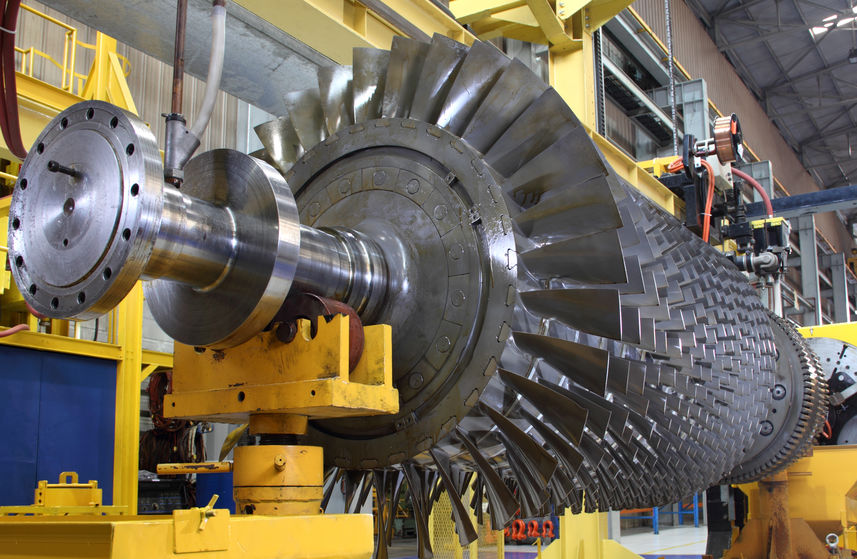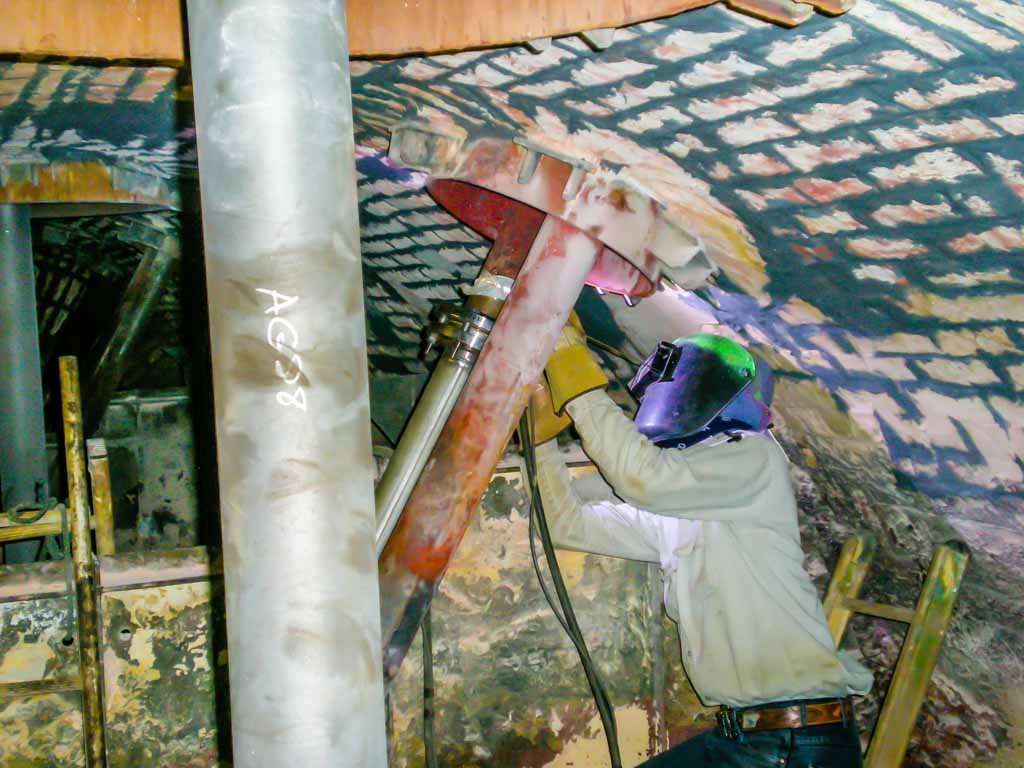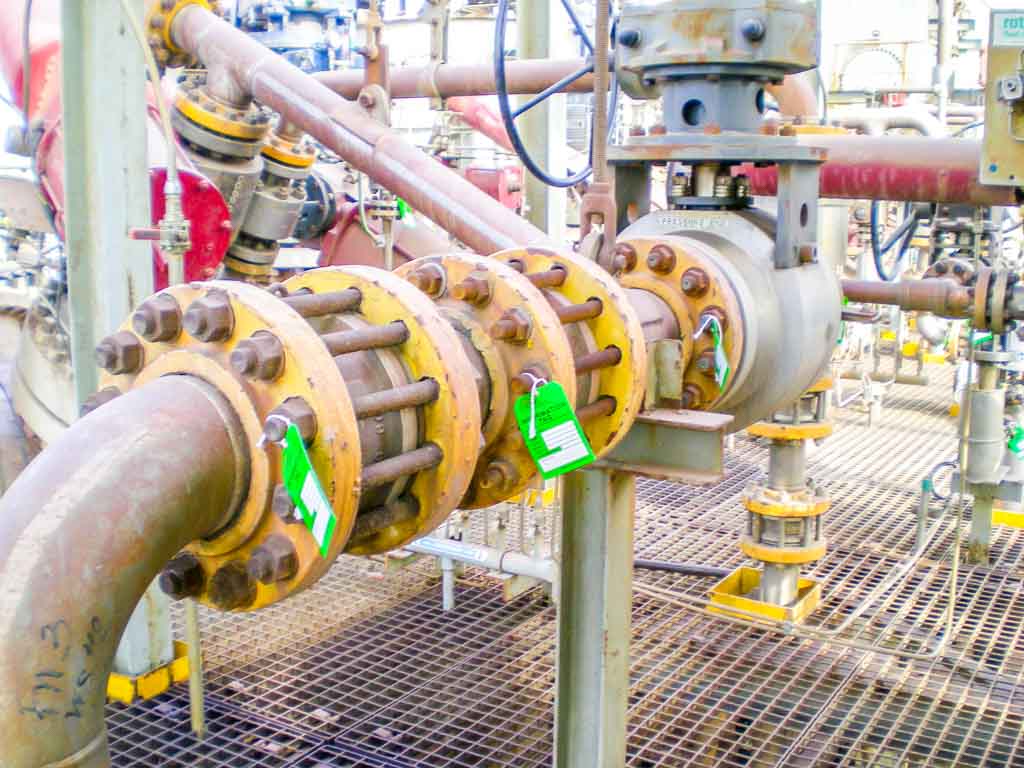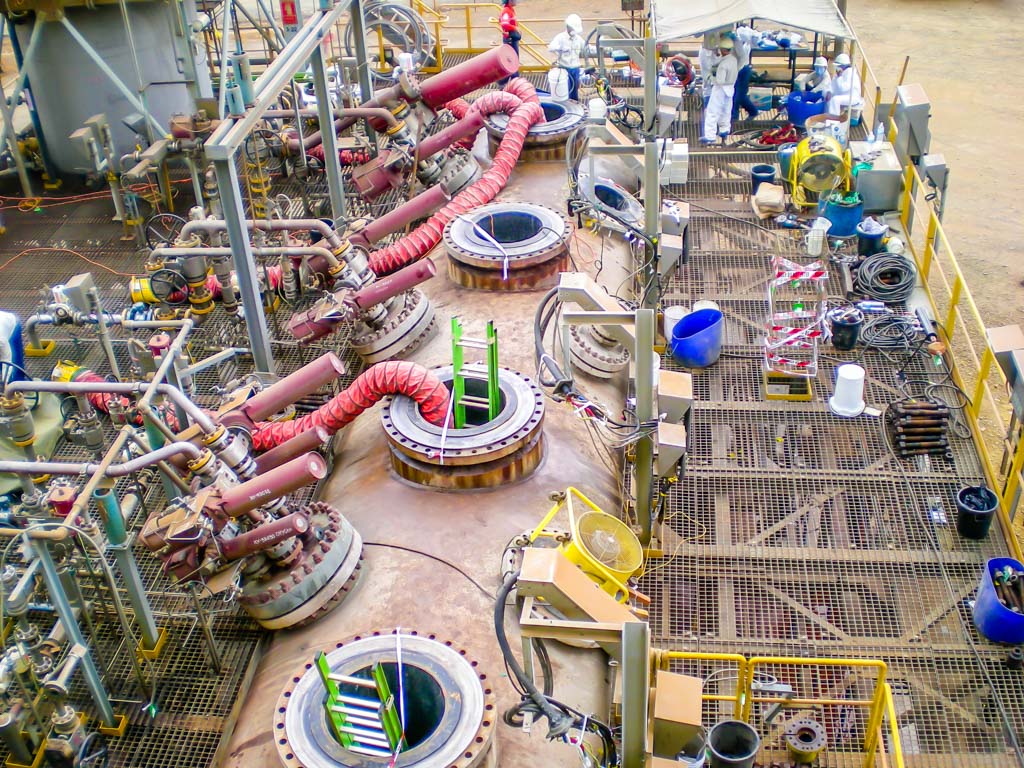Shutdowns are a vital part of maintenance in modern-day manufacturing or processing plants. The planning and executions of shutdowns are vastly different from routine or weekly planning. Here we ask an important question – what is Shutdown Planning?
Note: This post may contain affiliate links. Please read our disclosure policy for more information.
What is a Shutdown?
Some people call them shutdowns. Others call them outages. Some industries refer to them as turnarounds. These are all essentially the same thing, under different names.
A shutdown is a maintenance event where an entire process plant or unit is taken out of service to perform specific maintenance tasks. That’s because some maintenance tasks cannot be performed unless the entire unit is taken out of service. An example of this is a 16,000-hour overhaul of a gas turbine. In this case, the unit needs to be taken out of service and fully stripped down to perform the overhaul.
Interim Shutdowns
As well as major shutdowns, processing units may also have interim shutdowns or minor shutdowns. These are to address maintenance issues which won’t make it through to the next major shutdown. For example, a 16,000 turbine overhaul requires a major shutdown, and it may take out the processing unit for 3 weeks. However every 4,000 hours there is a 12-hour interim shutdown for an interim service.
How Often are Shutdowns Required?
The interval between major shutdowns can be 6 months, 12 months, 2 years, 5 years, 10 years, or any other interval. The maximum time interval between major shutdowns is generally preferred because this will typically maximize production output.
The interval must be calculated using a cost-benefit analysis. What is the cost of the shutdown in a) actual shutdown cost including labor and resources, and b) cost of lost production. The benefits are normally a) improved reliability leading to lower maintenance costs or b) improved quality of the process or product.
Often the shutdown interval is dictated by a specific piece of equipment which cannot run any longer without shutting the entire unit down for maintenance.
Shutdown intervals can also be dictated by statutory requirements. These are laws passed by the government or ruling authority stating how often a piece of equipment must be taken off-line for inspections. For example, electrical switch-gear inspections or pressure vessel internal inspections are often governed by statutory requirements.
How Long Do Shutdowns Last?
The longest duration maintenance job on the plant shutdown is normally the determining factor of the shutdown duration. In fact, the Critical Path of the shutdown schedule will dictate the shutdown duration. The critical path is the longest sequence of activities during the shutdown window.
Shutdowns are extremely planning and scheduling intensive. That is to say, more effort needs to go into the planning and scheduling a Planned Shutdown than routine or weekly maintenance.
Typically shutdowns or turnarounds are measured in shifts or days. However, some larger turnarounds may be measured in weeks. Particularly if these are carried out on a functional unit of the operation, rather than the entire operation.
What Work Can Be Completed During Major Shutdowns?
A major shutdown is an opportunity to complete works which may not be otherwise possible when the unit is operational. Here are some examples of shutdown work types.
Periodic Preventive Maintenance
The preventive maintenance program usually requires shutdown inspections of equipment. For example a 5 yearly internal inspection of a boiler.
Corrective Repairs
Equipment may be damaged or not running optimally, and require repairs. Often these are picked up as part of the PdM Predictive Maintenance Program.
Component Replacements
Components may require complete replacement due to malfunction, or they are simply at the end of their serviceable life.
Modifications or Upgrades
In order to allow a process plant to run more effectively or more economically some modifications or upgrades may be planned. These may even allow extended shutdown frequencies in the future.

5 Phases of Shutdowns
Plant Shutdowns can be organised into 5 distinct phases: Each of these phases have their own objectives and methodology. The 5 shutdown phases are?
- Initiation
- Planning
- Scheduling
- Execution
- Evaluation
Shutdown Scheduling Requirements
The scheduling requirements for planned shutdowns is vastly higher than for routine or weekly maintenance. That is to say, a higher proportion of scheduling is required in relation to work planning. That’s because a shutdown schedule is a complex schedule which requires many revisions and fine-tuning.
Shutdown Planning Requirement
Because Maintenance Shutdowns carry a high economic cost if the job over-runs, planning of major shutdowns must be of a higher standard than regular or routine maintenance. Shutdown Work Orders require a long and detailed work pack with a high degree of detail in the information included. Shutdown Work Packs also require more attention to ensure that resources and materials identified to do the work are accurate.
It is also true that turnaround documents must be more meticulously maintained than regular maintenance documents. This applies to the pre-planning turnaround documents prior to the turnaround. It applies to the documentation of turnaround jobs provided to work groups during the shutdown. And it applies to all historical records for continual improvement in future turnarounds.
Shutdown work generally carries a higher risk of personal injury than regular or weekly maintenance. With this in mind, the attention to detail of the Turnaround Planner must be higher than regular or weekly maintenance, so the hazards are more clearly identified and appropriate controls assigned.
Shutdown Planning Process
It is vital to have a robust shutdown planning process in place. This includes a detailed checklist for each member of the shutdown planning team to follow. It requires a comprehensive rule book of processes which must be followed every shutdown. And it requires its own unique set of Golden Rules.

Dedicated Shutdown Team
Because maintenance shutdowns are critical events in both reliability and economic terms, it is important to have a dedicated team to plan, schedule, manage and execute the shutdown. There should be a Turnaround Manager, Shutdown Planners and Shutdown Schedulers assigned to the plant shutdown very early.
But the shutdown or turnaround team doesn’t end there. There are a great deal more people on the turnaround team, including Turnaround Coordinator, Turnaround Consultants, Document Controllers, Data Clerks, and a long list of others.
Shutdowns Are A Big Deal
Shutdown maintenance attracts a high level of interest from the company management because it has such a large economic impact on the operation. This is a specialized field of maintenance and one which can take many years to master.
Learn More about Shutdown Maintenance
There are no secrets to success. It is the result of preparation, hard work, and learning from failure. – Colin Powell
Learning from text books is one key step to enduring success. Here is some recommended reading to help you in your pursuit of excellence.
Would you like a free copy of 7 Steps to Become a KPI Ninja?
Not sure how to set up your Maintenance KPI’s? We have created the 7 Steps to Become a KPI Ninja guide to help you build, analyse and improve your KPI’s. It contains details of all the best metrics to measure, and how to interpret them. And we want you to have it for FREE.







